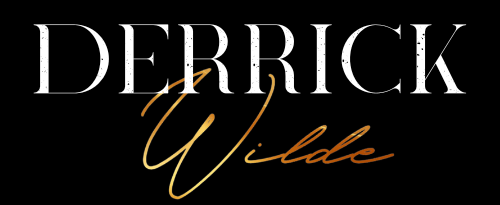Music that moves with you.
Reflective, soulful music for people who walk, think, and feel their way forward.

Always There
And Again captures that ongoing conversation with The GUS (God Universe Source) — the feeling of Them being there in every step, every thought, every shift in emotion. A constant presence. A steady rhythm.
Always there.
And again.
